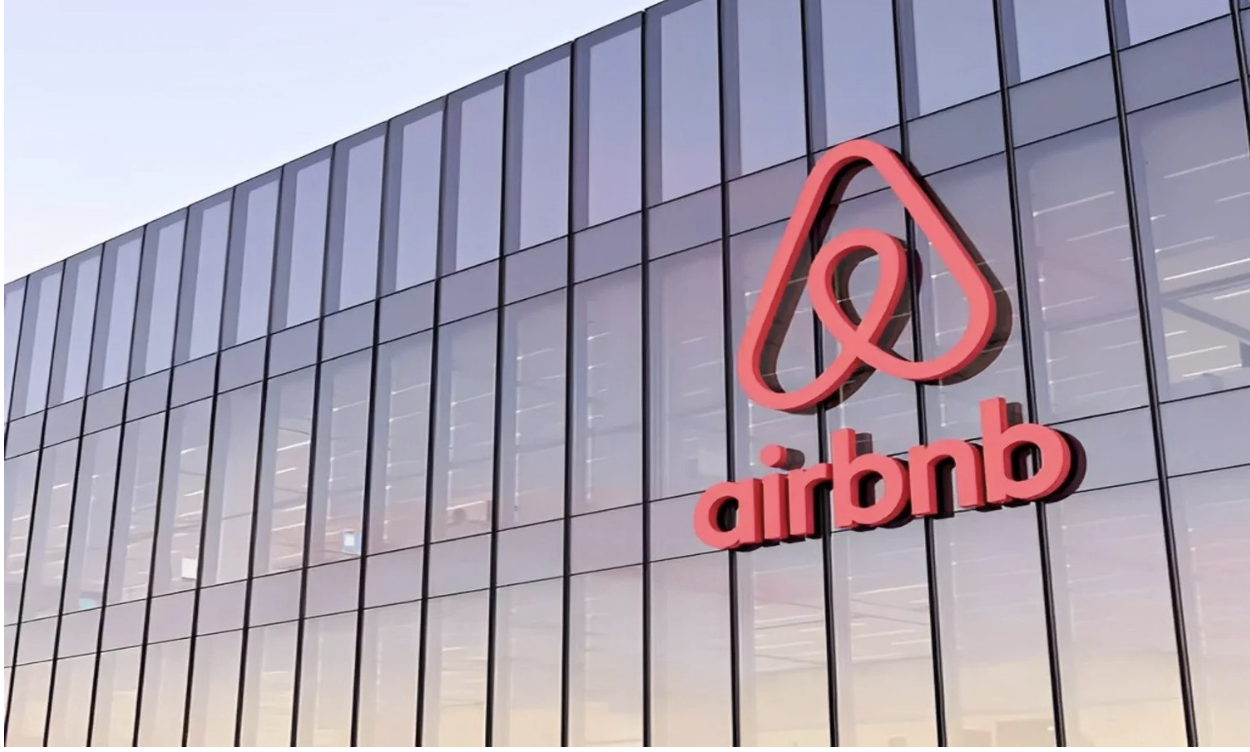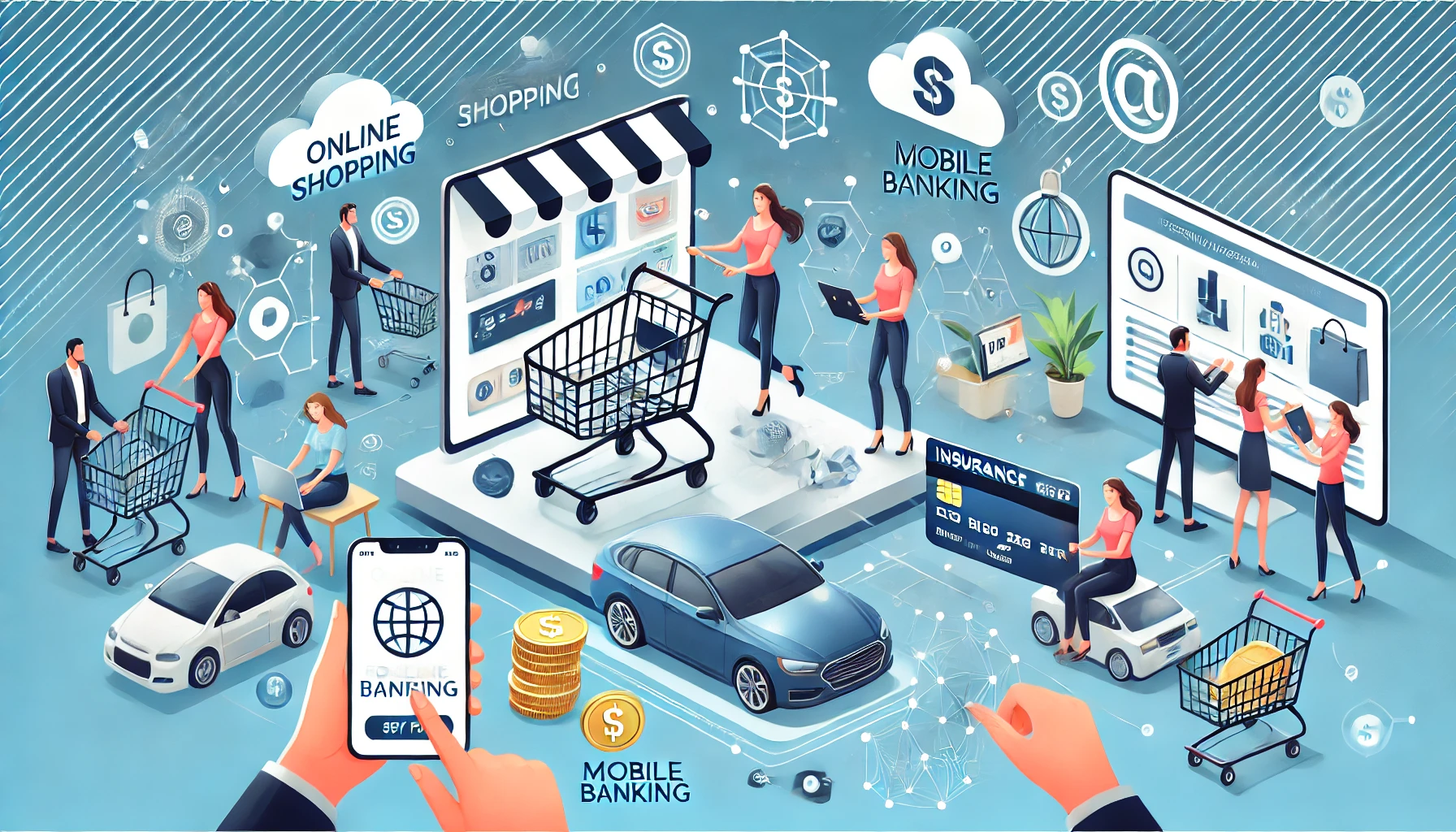Starbucks has become a shining example of feeling-your-way-around success with its closed-loop payment system, but the system provides a template that many other companies can follow. This revolutionary system allows customers to pay for their purchases using a digital wallet linked to their Starbucks account, making transactions quick, convenient, and secure.
We like to focus on the Starbucks Rewards app as a perfectly-done closed-loop payment system because it’s benefited the company so greatly. In a funny turn of events, Starbucks has become a multi-billion dollar financial institution in addition to serving coffee. That’s because customers load money on their account and often leave it there for a significant period of time — sometimes indefinitely. This gives Starbucks the opportunity to have a significant pile of cash sitting around in what’s essentially a multi-billion dollar, interest-free loan.
And it’s not like the app only benefits the company — if it did, customers wouldn’t use it. With the Starbucks app, customers can easily load funds onto their account and use their mobile devices to scan and pay at the register. This seamless experience has not only streamlined the purchasing process but also fostered loyalty among Starbucks’ devoted customer base.
The success of Starbucks’ closed-loop payment system can be attributed to its commitment to innovation and customer-centricity. By integrating technology into its operations, Starbucks has not only improved efficiency but also cultivated an enhanced customer experience. The brand voice shines through in the system, showcasing Starbucks’ dedication to delivering exceptional customer service.
The Concept of Closed-Loop Payment Systems
Closed-loop payment systems are a type of payment method where a retailer or a specific brand creates its own payment network. Unlike open-loop payment systems like credit cards, closed-loop systems are limited to a specific brand or merchant. Starbucks’ closed-loop payment system is a prime example of a closed-loop system, where customers can only use the digital wallet for transactions within Starbucks stores.
Closed-loop payment systems offer several advantages for both customers and businesses. They provide a seamless and convenient way to make payments, eliminating the need for physical cash or cards. Additionally, closed-loop systems allow businesses to gather valuable customer data, which can be used to personalise offers, improve customer experience, and drive customer loyalty.
How Starbucks’ Closed-Loop Payment System Works
Starbucks’ closed-loop payment system operates through its mobile app, available for both iOS and Android devices. Customers can download the app and create a Starbucks account, which they can link to their preferred payment method. Once the account is set up, customers can easily load funds onto their digital wallet using various payment options like credit/debit cards or PayPal.
To make a purchase, customers simply need to open the Starbucks app, select the “Pay” option, and scan the barcode displayed on their smartphone screen at the register. The payment is instantly deducted from their digital wallet, providing a quick and hassle-free transaction process. The app also allows customers to track their transaction history and manage their rewards and offers.
Benefits of Starbucks’ Closed-Loop Payment System


The closed-loop payment system implemented by Starbucks offers numerous benefits to both the company and its customers. For customers, the system provides a faster and more convenient way to make payments. They no longer need to fumble for cash or search for their credit cards, as their mobile devices serve as a digital wallet.
By leveraging technology, Starbucks has also enhanced the security of transactions. The app generates a unique barcode for each transaction, reducing the risk of fraudulent activities. Additionally, customers can easily track their spending and manage their funds in real-time through the app, promoting financial control and awareness.
For Starbucks, the closed-loop payment system has proven to be a valuable tool for customer engagement and retention. The system allows Starbucks to gather valuable data on customer preferences and behaviours, enabling the company to personalise offers and promotions. This targeted approach not only enhances the customer experience but also encourages repeat visits and increased spending.
Success Factors of Starbucks’ Closed-Loop Payment System
The success of Starbucks’ closed-loop payment system can be attributed to several key factors. First and foremost, Starbucks has consistently prioritised innovation and technology in its operations. By investing in cutting-edge solutions, the company has been able to stay ahead of the curve and deliver a seamless and convenient payment experience to its customers.
Another critical success factor is Starbucks’ customer-centric approach. The closed-loop payment system is designed to cater to the unique needs and preferences of Starbucks’ loyal customer base. By creating a personalised and rewarding experience, Starbucks has been able to foster strong customer relationships and drive customer loyalty.
The integration of the closed-loop payment system with Starbucks’ mobile app has also played a significant role in its success. The app serves as a central hub for customers, allowing them to not only make payments but also manage their rewards, find nearby stores, and discover new products. This holistic approach has created a comprehensive ecosystem that keeps customers engaged and connected with the Starbucks brand.
Customer Feedback and Satisfaction with the Closed-Loop Payment System
Customer feedback on Starbucks’ closed-loop payment system has been overwhelmingly positive. Customers appreciate the convenience and speed of the transaction process, as well as the added security measures in place. The ability to track spending and manage funds through the app has also been well-received, promoting financial awareness and control.
Moreover, Starbucks’ closed-loop payment system has been praised for its seamless integration with the rewards program. Customers can earn stars for every purchase made through the system, which can be redeemed for free drinks, food, and other exclusive perks. This synergy between the payment system and rewards program has significantly contributed to customer satisfaction and loyalty.
The Impact of Starbucks’ Closed-Loop Payment System on Customer Loyalty
Starbucks’ closed-loop payment system has had a profound impact on customer loyalty. By creating a seamless and personalised payment experience, Starbucks has strengthened its bond with customers and reinforced its position as a trusted and preferred brand, with 10% of sales coming via the app in 2022. The system’s integration with the rewards program has further incentivized customer engagement and repeat visits.
The closed-loop payment system also allows Starbucks to leverage customer data to deliver targeted offers and promotions. By understanding individual preferences and behaviours, Starbucks can create personalised experiences that resonate with customers on a deeper level. This tailored approach not only enhances customer satisfaction but also fosters a sense of exclusivity and belonging.
Challenges and Limitations of Implementing a Closed-Loop Payment System


Implementing a closed-loop payment system is not without its challenges and limitations. One of the main challenges is the need for significant investment in technology infrastructure and development. Building a robust and secure system requires substantial resources and expertise, which may pose a barrier for smaller businesses.
Another limitation is the exclusivity of closed-loop systems. Customers can only use the digital wallet within the specific brand or merchant’s network, limiting their options for making payments. This can be a drawback for customers who prefer a more versatile and universal payment solution.
Furthermore, closed-loop systems may face compatibility issues with certain devices or operating systems, potentially excluding a portion of the customer base. It is crucial for businesses implementing closed-loop payment systems to ensure compatibility with a wide range of devices and platforms to maximise accessibility.
Lessons Learned from Starbucks’ Closed-Loop Payment System Success
Starbucks’ closed-loop payment system serves as a remarkable success story in the world of digital transactions. By prioritising innovation, customer-centricity, and seamless integration, Starbucks has created a payment experience that is both convenient and rewarding for its customers.
The success of Starbucks’ closed-loop payment system underscores the importance of embracing technology and leveraging data to enhance customer experience. By understanding individual preferences and behaviours, businesses can deliver personalised experiences that drive customer engagement and loyalty.
However, implementing a closed-loop payment system comes with its own set of challenges and limitations. Businesses must carefully consider the investment required, ensure compatibility, and address the exclusivity factor to maximise the potential benefits.
Overall, Starbucks’ closed-loop payment system sets a high standard for the industry, demonstrating the power of innovation, customer-centricity, and integration in creating a successful payment solution. As digital transactions continue to evolve, businesses can learn valuable lessons from Starbucks’ approach and strive to create their own success stories in the payment landscape.
If you’re looking for a similar success story with rewards and perks based on a closed-loop payment system app, you’ll want to work with the best in the business. That’s us, and it’s why we’re here. With expertise building a digital financial backbone for companies across the world, we know the ins and outs of just how such a system can really click for everyone involved.
Interested? Reach out to us for a free consultation and we’ll get started.



